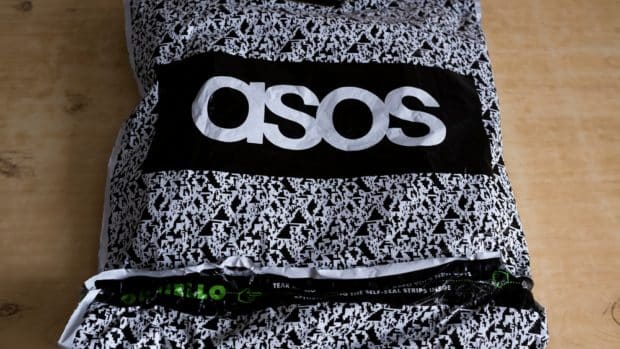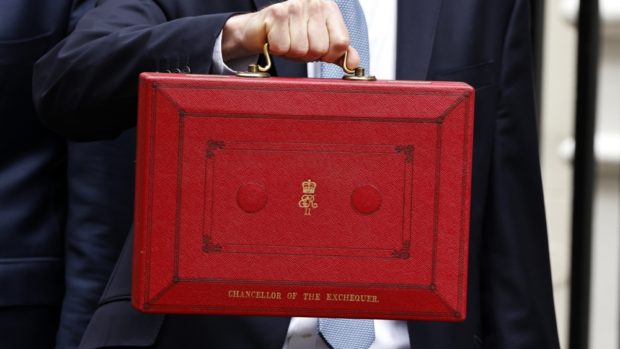
Commentary by Gavin Thurston, Business Development Manager for Business Systems, Epson UK:
“As the peak season approaches, brick and mortar retailers are gearing up for one of the busiest shopping events of the year – Black Friday weekend. Traditionally, the natural response would be to stock up heavily in advance with promotional labels and packaging. However, this approach carries the risk of overestimating demand, leaving retailers with excess stock, particularly for seasonal items, such as products featuring Halloween-themed packaging.
Industry advice often recommends over-ordering seasonal labelling to meet the projected demand. Yet, at the same time, wastage, including unused packaging, has been reported to increase by 25 per cent during this period. This not only creates challenges for retailers but also exacerbates environmental concerns.
A solution to these challenges is the growing adoption of on-demand inkjet printing in the production process. Rather than pre-ordering large quantities of themed labels, retailers and manufacturers can now produce labels for packaging in real-time, based on more accurate sales trends and demand forecasts. This flexible approach not only helps with last-minute price changes (for example, matching competitors’ pricing) but can help reduce unnecessary waste and support more sustainable operations, with estimates suggesting that on-demand inkjet printing could cut CO2 emissions by as much as 619 tonnes per year.
During peak sales periods like Black Friday, on-demand label printing becomes a valuable tool for traditional retailers, allowing them to align their marketing and seasonal design needs with actual demand rather than speculative forecasts. Once an accurate analysis of sales and design choices are confirmed, retailers can print on-demand to match their quotas and ensure a more efficient turnaround from Halloween designs to Christmas, for example. By adopting this approach, retailers can better manage costs and production while also advancing their sustainability goals.”








Share